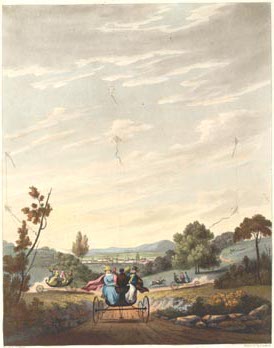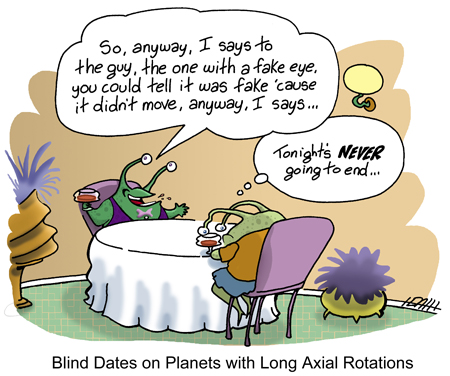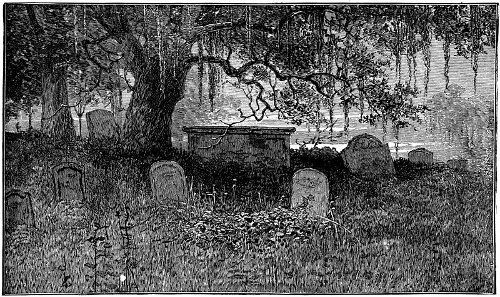Encounter with a mermaid, from a letter by Scottish schoolmaster William Munro to a Dr. Torrence, June 9, 1809:
About twelve years ago, when I was parochial schoolmaster at Reay, in the course of my walking on the shore of Sandside Bay, being a fine warm day in summer, I was induced to extend my walk towards Sandside Head, when my attention was arrested by the appearance of a figure, resembling an unclothed female, sitting upon a rock extended into the sea, and apparently in the action of combing its hair, which flowed around its shoulders, and of a light brown colour. The resemblance which the figure bore to its prototype, in all its visible parts, was so striking, that had not the rock on which it was sitting been dangerous for bathing, I would have been constrained to have regarded it as really a human form, and to an eye unaccustomed to such a situation, it must have undoubtedly appeared as such.
The head was covered with hair of the colour above mentioned, and shaded on the crown; the forehead round, the face plump, the cheeks ruddy, the eyes blue, the mouth and lips of a natural form, resembling those of a man; the teeth I could not discover as the mouth was shut: the breasts and abdomen, the arms and fingers of the size of a full grown body of the human species; the fingers, from the action in which the hands were employed, did not appear to be webbed, but as to this I am not positive. It remained on the rock three or four minutes after I observed it, and was exercised during that period in combing its hair, which was long and thick, and of which it appeared proud, and then dropped into the sea, which was level with the abdomen, from whence it did not re-appear to me. I had a distinct view of its features, being at no great distance, on an eminence above the rock on which it was sitting, and the sun brightly shining. Immediately before its getting into its natural element it seemed to have observed me, as the eyes were turned towards the eminence on which I stood.
“If the above narrative can in any degree be subservient towards establishing the existence of a phenomenon, hitherto almost incredible to naturalists, or to remove the scepticism of others who are ready to dispute every thing which they cannot fully comprehend, you are welcome to it from, dear Sir, your most obliged, and most humble servant, William Munro.”
From The Scots Magazine and Edinburgh Literary Miscellany, October 1809.





